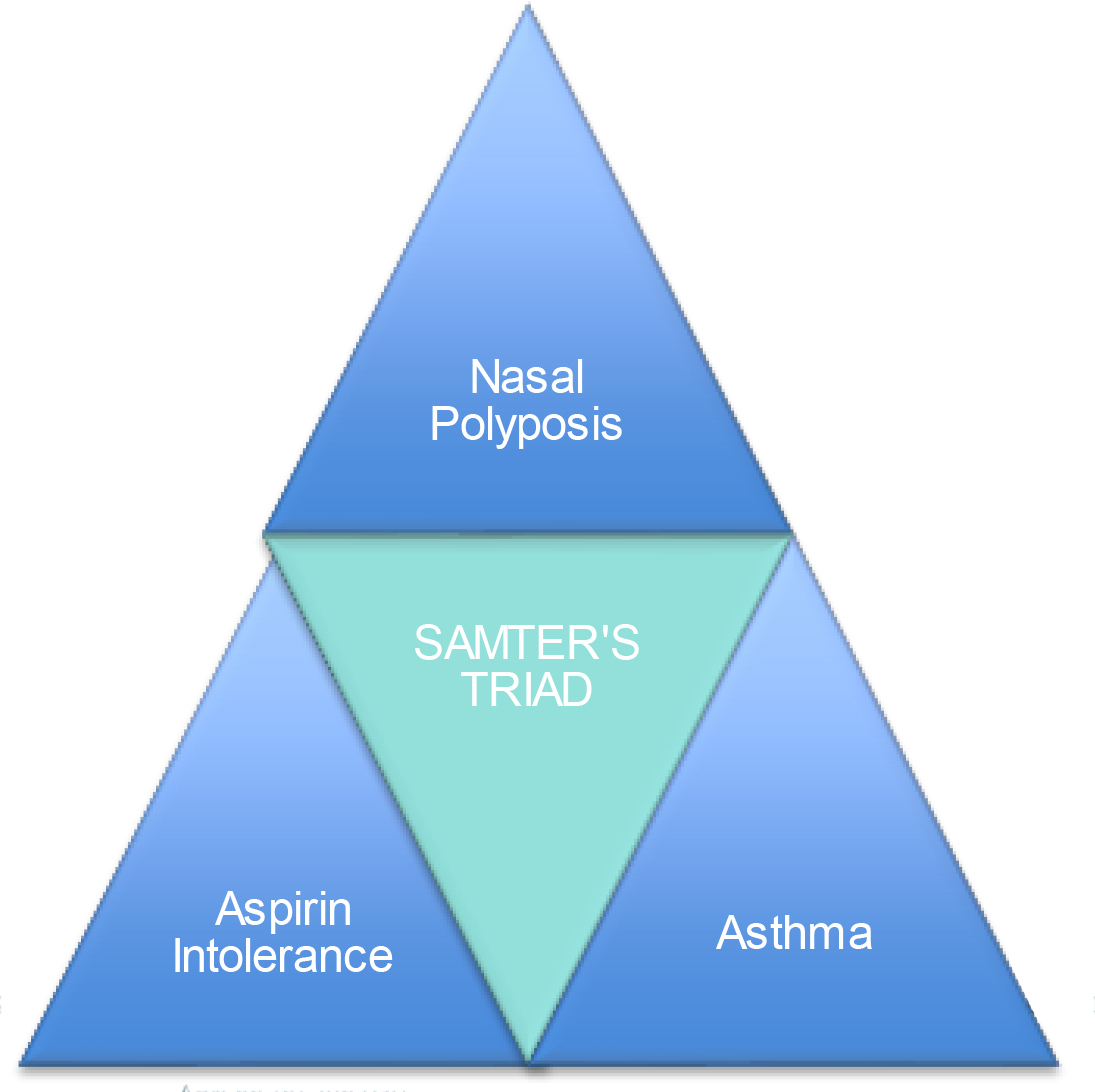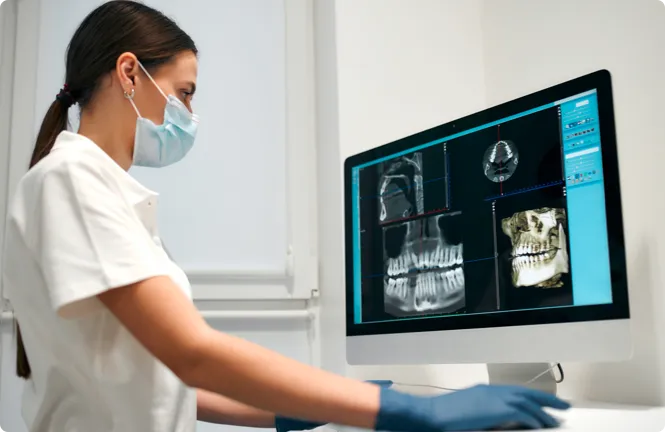


Sinusitis


Chronic Rhinosinusitis and sinus infections
Who is this information for?
This information is for patients and carers of individuals who have Chronic Rhino-sinusitis
Chronic Rhino-Sinusitis Overview
- The sinuses are hollow air pockets in the bones of the face and head that probably exist to cushion the brain during trauma
- The sinuses are lined with a thin layer of tissue that normally makes a small amount of mucus to keep the sinuses healthy and lubricated and flush away germs.
- Rhinosinusitis occurs when the lining of the sinuses gets infected or irritated, become swollen, and create extra mucus.
- The swollen lining may also interfere with drainage of mucus.
- Chronic rhinosinusitis refers to a condition that lasts at least 12 weeks despite being treated and causes at least TWO of the following symptoms:
- Nasal congestion
- Mucus discharge from the nose or mucus that drips down the back of the throat
- Facial pain, pressure, or “fullness”
- A decreased sense of smell. Read information about Anosmia or decreased sense of smell.
- Chronic rhinosinusitis is different from the more common form of rhinosinusitis (called acute rhinosinusitis), which is a temporary infection of the sinuses that often occurs following colds. Chronic rhinosinusitis is a more persistent problem that requires a specific treatment approach.
- It is sometimes overlooked by both patients and healthcare providers because the symptoms are more low grade and chronic
- If you have been treated for rhinosinusitis with antibiotics multiple times within a single year, or if you have two or more of the symptoms listed above much of the year, talk to your healthcare provider about whether you might have chronic rhinosinusitis.
Chronic Rhino-Sinusitis Causes
- Unlike acute rhinosinusitis, which is usually caused by infection, chronic rhinosinusitis often has more complicated and elusive causes.
- Infections can certainly contribute to or worsen chronic rhinosinusitis, but people with the chronic condition usually have longstanding inflammation that cannot be explained by infection alone
- Healthcare providers often divide chronic rhinosinusitis into three different categories, depending upon the features that are present.
- Chronic rhinosinusitis without nasal polyposis
- Chronic rhinosinusitis without nasal polyposis is the most common type of rhinosinusitis.
- In this form of rhinosinusitis, the swelling and irritation of the sinus lining may be caused by different factors, such as allergies to things in the air, irritation from things in the air, and infections (figure 2).
- The factors are different in different people.
- Chronic rhinosinusitis with nasal polyposis
- Some people with chronic rhinosinusitis have abnormal soft, jelly-like growths inside their nose or sinuses called nasal polyps.
- The polyps can become large and numerous enough to clog the sinuses, causing symptoms.
- Scientists do not fully understand why some people form nasal polyps. Treatment involves medications to shrink the polyps or surgery to remove them. Some people need both.
- Chronic rhinosinusitis with fungal allergy (“allergic fungal rhinosinusitis”)
- Some people with chronic rhinosinusitis develop a strong allergic response to fungi (the plural of fungus) inside their sinuses.
- It is normal for air to contain small amounts of fungi (airborne spores), and most people can breathe in air containing fungal spores without problems.
- However, in some people, the allergy to fungi causes the sinus lining to make thick, dense mucus that fills the sinuses.
- To diagnose this type of chronic rhinosinusitis, a healthcare provider must find thick mucus in the sinuses, see fungi in the mucus under the microscope, and show (with allergy testing) that patients are allergic to fungi. (See “Allergic fungal rhinosinusitis”.
Chronic Rhino-sinusitis Risk Factors
- Several factors can increase your risk of chronic rhinosinusitis or worsen your symptoms once you have the disorder.
- These include:
- Allergies: Allergies are much more common among people with chronic rhinosinusitis than they are among people in the general population. This is especially true of allergies that are present year-round, such as dust mites, animal dander, moulds, and cockroaches. Allergies that are poorly controlled can worsen the symptoms of chronic rhinosinusitis. (See “Patient information: Allergic rhinitis (seasonal allergies) (Beyond the Basics)”.)
- Exposure to tobacco smoke or airborne irritants: Exposure to cigarette smoke or certain environmental toxins, such as formaldehyde, can increase the risk of chronic rhinosinusitis.
- Immune system disorders: Most people with chronic rhinosinusitis have normal immune systems. However, people with certain immune system problems are at increased risk of chronic rhinosinusitis. They may also have recurrent problems with other infections, such as ear and chest infections
- Viral infections: Some people develop chronic rhinosinusitis after having repeated viral infections (such as the common cold), although it is not clear that the infections actually cause the chronic rhinosinusitis.
- Deviated septum & enlarged turbinates:
- The piece of cartilage that runs down the midline of the nose and separates the nostrils, called the septum, is not entirely straight in many people. This is a condition called a deviated septum. This may be present from birth or develop later in life as the result of injury to the nose. A deviated septum may cause one nostril to be blocked, but it usually does not cause chronic rhinosinusitis.
Chronic Rhino-sinusitis Symptoms:
- As noted above, the symptoms of chronic rhinosinusitis must include two or more of the following:
- Nasal congestion
- Mucous discharge from the nose or mucus that drips into the back of the throat
- Facial pain, pressure, or “fullness”
- A decreased sense of smell (which is especially common among people who have polyps)
- Many people with chronic rhinosinusitis also experience fatigue, although this symptom is not used to diagnose chronic rhinosinusitis, because there are many other causes of fatigue unrelated to conditions of the sinuses. Still, fatigue is a prominent feature of chronic rhinosinusitis, and it can be the most difficult symptom for some people to manage.
Chronic Rhino-sinusitis Diagnosis:
- Chronic rhinosinusitis is likely if a person has had two or more of the symptoms listed above for a period of at least three months
- In addition, there should be evidence of sinus disease that can be seen on:
- Sinus Computed Tomography (CT) scan
- A sinus CT scan is a procedure that takes about 15 minutes and involves a series of radiographs of the head and face. The radiographs give a detailed picture of the linings of the sinuses and any mucus or polyps within the space of the sinuses.
- or with a procedure called sinus endoscopy
- Sinus endoscopy is an office procedure in which a clinician uses a thin tube attached to a camera to see inside the sinuses (figure 4).
- Endoscopy also allows the clinician to take a sample of mucus from inside the sinuses to examine under the microscope, and identify bacteria, fungi, and other contributing factors.
- Samples of mucus from the front of the nasal cavity (which are easier to obtain) are not representative of what is found in the sinuses.
- Sinus Computed Tomography (CT) scan
Conditions Related to Chronic Rhino-Sinusitis:
- The linings of the nose and sinuses are similar to the linings of the lungs.
- Asthma:
- About one in five people with chronic rhinosinusitis also has asthma.
- The people most likely to have asthma are those who have chronic rhinosinusitis and nasal polyps.
- Aspirin Exacerbated Respiratory Disease (AERD)
- Some patients with chronic rhinosinusitis, nasal polyps, and asthma also have a condition called aspirin intolerance, or Aspirin Exacerbated Respiratory Disease (AERD).
- Previously commonly referred to as Samter’s Triad (see below).
- The symptoms of aspirin intolerance consist of a noticeable worsening in nasal or chest symptoms in the first few hours after taking aspirin, ibuprofen, naproxen sodium, or other nonsteroidal anti-inflammatory drugs (NSAIDs).
- Worsening of symptoms may involve sudden nasal congestion, pain and pressure in the sinuses, wheezing, chest tightness, and cough.
- These reactions can be severe and even life threatening.
- In contrast, Paracetamol usually does not aggravate sinus and asthma symptoms.
- If you think you may have aspirin intolerance, you should avoid aspirin and other similar medications and talk to your MEG Surgeon, GP or Allergist.

- Some patients with chronic rhinosinusitis, nasal polyps, and asthma also have a condition called aspirin intolerance, or Aspirin Exacerbated Respiratory Disease (AERD).










